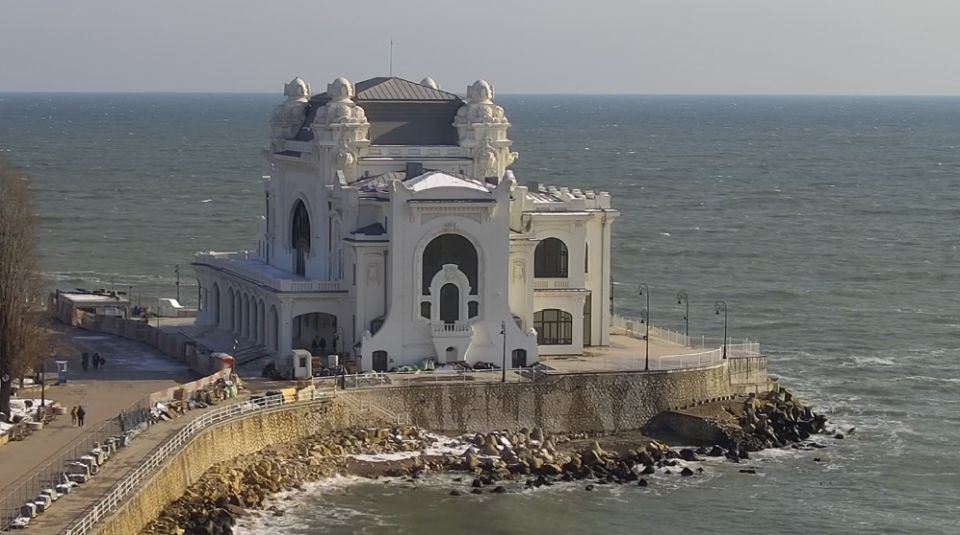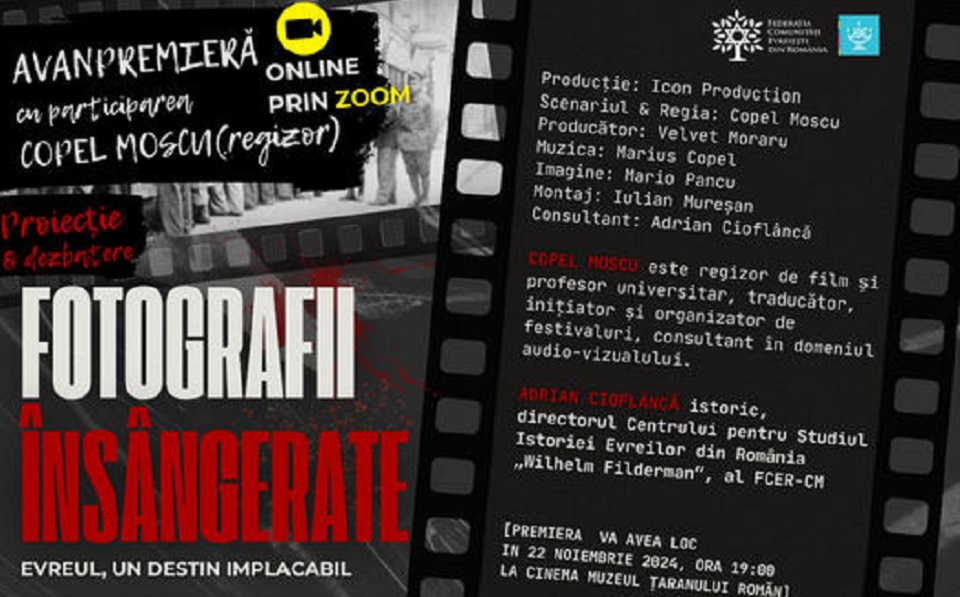The Ligia and Pompiliu Macovei art collection
Close to the Romanian Patriarchal See on Mitropolia Hill, on the outskirts of the Bucharests oldest quarters lies a street today known as 11 Iunie (“11th of June).

Christine Leșcu, 25.02.2017, 13:58
With its diverse architecture and population, the street and the district it forms part of were once emblematic for the development of Bucharest’s intellectual and professional bourgeoisie in late 19th and early 20th centuries.
The street has lost much of its former charm, having become very crowded and full of traffic, with many older buildings now being dilapidated due to neglect and many new structures being built in poor taste. The area still has hidden gems, including an impressive memorial house now home to the Ligia and Pompiliu Macovei art collection.
A property of the Museum of History of Bucharest, the house is a remarkable blend of past and present, a meeting place between the history of art and the history of Romanian communism. Pompiliu Macovei, the former owner of the collection, was a great diplomat and architect, as well as a high-ranking official during the communist regime. He worked as a teacher in 1944 and 1945 before serving as the chief architect of Romania’s capital city, a president of the Union of Romanian Architects, a minister for culture, a deputy foreign affairs minister and Romania’s UNESCO ambassador. He was born in 1911 and died in 2008. He began his diplomatic career in the 1940s and pursued it along with his work as an architect and his artistic interests.
Pompiliu Macovei also contributed to the completion of the building project designed by the architect Octav Doicescu for the National Opera House in Bucharest. It was also Macovei who established Romania’s Representation office at UNESCO, where he served as an ambassador in the 1970s and the early 1980s. During his trip abroad Pompiliu Macovei collected many precious art objects and books. In 1989, the very year when the communist regime collapsed, Pompiliu Macovei donated his house and collection to the city hall and the Museum of History of Bucharest. A curator at this museum, Delia Marinescu tells us more about the Macovei art collection:
Delia Marinescu: “It consists of an impressive collection of paintings, sculptures and decorative objects as well many art books. It covers Romanian and world art from all corners of the globe, including all major cultures and important moments in the history of art. There are statues and statuettes from south-American cultures, pieces of sculpture and decorative art belonging from the Far East, from Persian pottery to bronze statuettes made at the time of the Chinese empire and decorative art from Japan. The collection also features Biedermeier pieces, including 19th-century cabinets containing glassware such as Bohemian crystal and glassware manufactured in Venetian workshops. There are also paintings by famous Romanian painters like Theodor Pallady, Marcel Iancu, and Max Herman Maxy and drawings and paintings by Ligia Macovei. One of Ligia Macovei’s greatest achievements was an album with illustrations of Mihai Eminescu’s poetry, which earned her a Romanian Academy prize in 1951.”
A graduate of the Romanian Fine Arts School, Ligia Macovei was a fine artist in the true sense of the word. She was born in 1916 and dies in 1998. During her life, she accompanied her husband on his diplomatic postings and contributed to the collection with some of her own paintings, drawings and decorative objects, all of which can be found today in the memorial house in Bucharest. The building housing the collection had a very interesting history of its own, says Delia Marinescu, a curator at the Museum of the History of Bucharest.
Delia Marinescu: “The house, which has an eclectic architecture, was built at the end of the 19th century. Initially, it housed a vocational school of arts and crafts, mainly carpentry. Pompiliu Macovei bought the house in the second half of the 20th century and redesigned it to accommodate his art collection. For example, the tile heating stove we see today in the library and which was made in Bohemia in the 18th century, was purchased because the owners believed it would best fit the room. Pompilius and Ligia Macovei also made all sorts of alterations to the house to turn it into a warm space suitable both to their Bohemian lifestyle and their vast collection of art and books.”






























